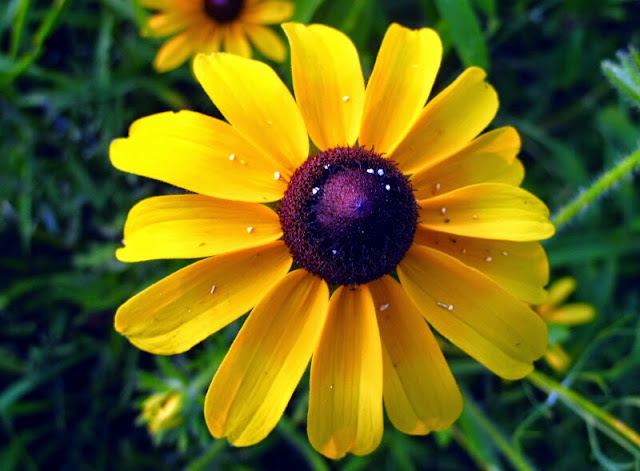
Adult males are identifiable by a distinctive orange to brown face and red bodies. Females faces have same colors as males; bodies are brown to dark-red.


Close-up view of the head and thorax.

This blog will be used to communicate items of interest for the Joyce Road neighborhood. (Click on blog images for larger view)




















Chokecherry JamCooks.com2 qts. chokecherries 2 c. water 8 c. sugar 1/2 c. liquid Certo
Clean and wash chokecherries. Add water and bring to boil. Simmer until cherries pop and flesh comes easily off from pits. Strain through sieve washing chokecherries thoroughly. Rinse leftover pits and skins with water. Add some rinsed water to strained juice to make 1 quart liquid. Combine liquid and sugar. Stir thoroughly bringing juice to boil. Add liquid Certo and bring to boil, stirring constantly. Cook at full boil for 60 seconds. Skim off foam. Pour into hot sterilized jars. Seal with melted paraffin wax or cool and freeze. Store in cool dark dry place. Yield: 7 to 8 cups.
|

























